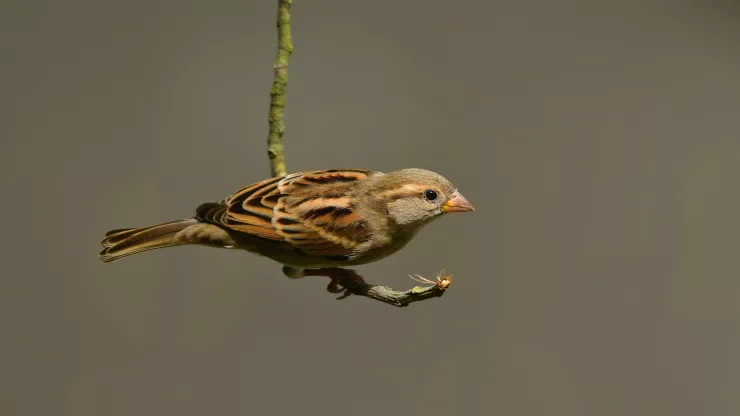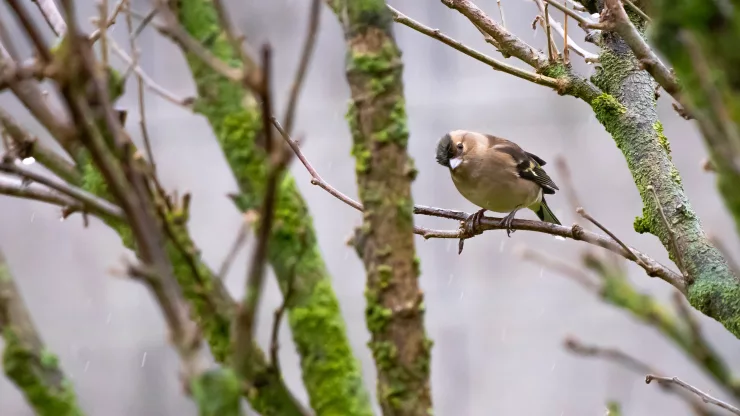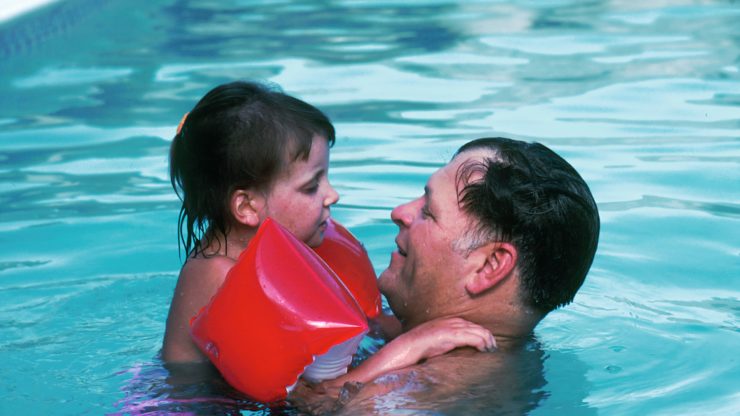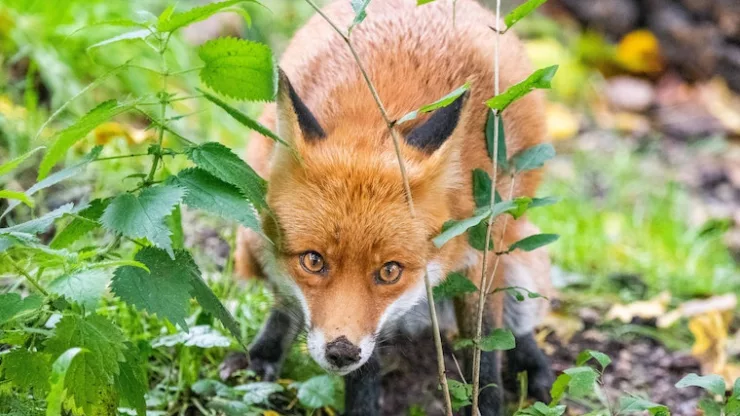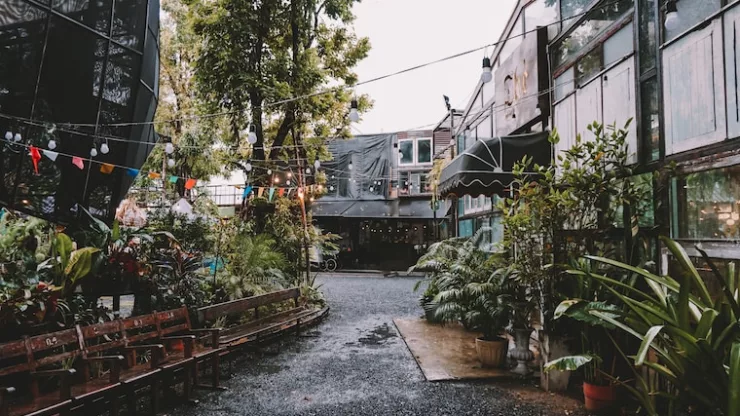Urbanization and Wildlife Interactions
As urbanization continues to grow, so does the interaction between humans and wildlife.
While it may be exciting to see animals in our cities, it’s important to understand that some can pose a threat to our safety.
In order to prevent danger, it’s important to recognize the potential risks and take necessary precautions.
Jump to Section
Understanding the Risks and Dangers
While some urban wildlife poses no real threat, others can be dangerous. The risks associated with interacting with urban wildlife include:
- Physical harm: Some animals, like raccoons and skunks, can carry diseases and may attack if they feel threatened.
- Property damage: Animals like squirrels and rats can cause damage to property and infrastructure.
- Vehicle collisions: Animals like deer and coyotes can cause car accidents if they run into the road.
Identifying Dangerous Urban Wildlife
It’s important to be able to identify which urban wildlife can pose a threat. Here are some examples:
- Coyotes: These animals can be aggressive and may attack small pets or even humans if they feel threatened.
- Raccoons: They can carry diseases such as rabies and can become aggressive if cornered.
- Skunks: They can spray a strong-smelling liquid if they feel threatened.
Preventing and Mitigating Threats
There are steps you can take to prevent and mitigate potential threats from urban wildlife:
- Keep trash secure: Secure trash cans and compost bins to prevent animals from accessing them.
- Keep pets secure: Keep pets indoors or on a leash when outside to prevent them from interacting with wildlife.
- Remove food sources: Don’t leave pet food or water outside and remove bird feeders to avoid attracting wildlife.
- Install barriers: Install fencing or netting to keep animals out of gardens and yards.
FAQ
What should I do if I encounter a dangerous animal in my yard?
If you encounter a dangerous animal in your yard, it’s best to stay away and call a professional wildlife removal service.
Do not attempt to handle the animal yourself.
What should I do if I see an injured animal?
If you see an injured animal, contact a local wildlife rehabilitation center or animal control agency for assistance.
How can I prevent wildlife from causing damage to my property?
You can prevent wildlife from causing damage to your property by removing potential food sources, securing trash cans, and installing barriers like fencing or netting.
Can I feed urban wildlife?
No, it’s not recommended to feed urban wildlife.
Feeding can cause animals to become dependent on humans for food, which can lead to more interactions and potential conflicts.
By understanding the risks and dangers associated with urban wildlife and taking necessary precautions, we can ensure the safety of both humans and animals in our cities.
Remember to always respect wildlife and give them the space they need to thrive.
I’m a nature enthusiast and creator of Metro Wilds and have spent years exploring the great outdoors.
With a passion for environmental conservation and sustainability, I have dedicated my career to writing about the beauty and wonders of nature, as well as the threats facing our planet.
Contact me at [email protected] for assistance.

